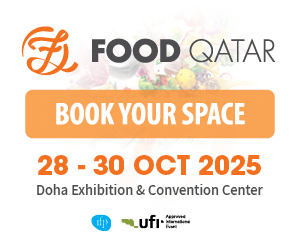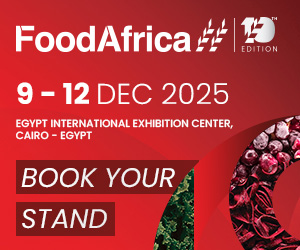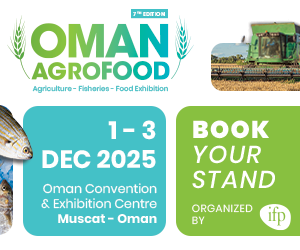Faced with an arid climate and limited agricultural resources, Qatar is turning to innovative solutions to bolster food security. Among the most transformative of these is Indoor Vertical Farming (IVF)—a sustainable approach that leverages controlled environments and advanced technologies to grow crops in vertically stacked layers. This forward-thinking strategy aligns seamlessly with Qatar National Vision 2030, which emphasizes self-sufficiency and sustainable development.
The Emergence of Indoor Vertical Farming in Qatar
Globally, IVF has gained traction in addressing agricultural challenges in extreme climates. In Qatar, this approach directly tackles critical issues like water scarcity, extreme heat, and heavy reliance on food imports. Key facilities such as Jahiz-2 have become central to the nation’s IVF ambitions, supported by a comprehensive feasibility study conducted by Qatar Development Bank, which underscores the method’s vast potential.
How Indoor Vertical Farming Works
IVF utilizes cutting-edge systems to optimize crop production while minimizing resource use. The technology involves:
- LED Lighting: Mimics sunlight, enabling year-round cultivation.
- Controlled Environments: Maintains optimal temperature, humidity, and nutrient levels.
- Soilless Techniques: Employs hydroponics, aeroponics, and aquaponics to sustain crops efficiently.
This combination significantly reduces land and water requirements, making IVF an ideal solution for Qatar’s unique challenges.
Advantages of Indoor Vertical Farming
- Enhanced Productivity: IVF produces multiple times the yield of traditional farming methods per square meter.
- Water Efficiency: Uses up to 95% less water—critical in Qatar’s water-scarce environment.
- Reduced Imports: IVF can substitute approximately QAR 140 million worth of food imports annually.
- Sustainability: Minimizes pesticide and fungicide use, offering cleaner, organic produce.
- Year-Round Production: Eliminates reliance on seasonal conditions.
Economic and Strategic Impacts
Beyond securing a stable food supply, IVF presents economic opportunities, such as:
- Encouraging SME Growth: Stimulating innovation in AgriTech entrepreneurship.
- Economic Diversification: Reducing dependency on hydrocarbons.
- Job Creation: Generating roles in technology-driven agriculture.
Jahiz-2: The Hub of Qatar’s IVF Ambitions
The Jahiz-2 facility exemplifies Qatar’s commitment to IVF, offering modular, scalable solutions that lower investment risks. It supports high-value crops like leafy greens and berries, ensuring efficient resource use and high market demand alignment.
Market Insights and Challenges
The IVF sector in Qatar targets premium products like lettuce, kale, strawberries, and herbs, with a market substitution potential of approximately QAR 139 million. However, challenges remain:
- High Initial Costs: Significant capital and operational expenses.
- Technology Dependence: Necessitates skilled AgriTech partners.
- Market Scope: Initially focused on high-end consumer segments due to production costs.
Addressing these challenges through government incentives, R&D, and global partnerships will be key to realizing IVF’s potential.
Learning from Global Success
Qatar’s IVF efforts mirror successful implementations in countries like Singapore, Finland, and the UAE, where entities such as Madar Farms and AeroFarms have redefined agriculture in challenging climates. These global examples provide valuable lessons for Qatar’s sustainable farming initiatives.
A Vision for Sustainability
Qatar’s adoption of IVF represents more than a response to food security; it reflects a commitment to innovation and sustainability. By integrating advanced technologies and fostering local entrepreneurship, the nation is poised to establish a resilient, self-sufficient food system.
Conclusion
Indoor vertical farming is reshaping Qatar’s agricultural landscape, offering solutions that balance food security with sustainability. With continued investments, strategic partnerships, and supportive policies, Qatar’s IVF initiative could become a model for other nations facing similar environmental and agricultural challenges.














































































